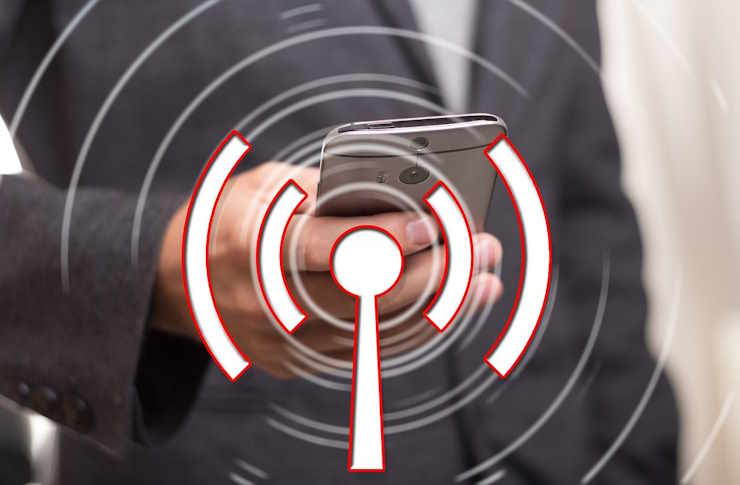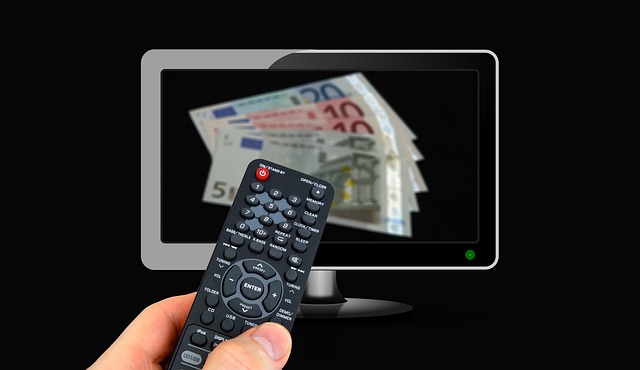Understanding 5G Phone Plans: Structure, Cost, and Comparison to 4G
The fifth generation of wireless technology, or 5G, represents a significant upgrade in mobile connectivity, offering faster speeds, lower latency, and greater capacity than its predecessor. As telecommunications companies continue to expand their 5G networks, consumers are increasingly faced with decisions about upgrading their phone plans. Understanding how 5G plans work, their cost structures, and their benefits compared to 4G is essential for making informed decisions in today's rapidly evolving mobile landscape.

How Are 5G Phone Plans Typically Structured?
5G phone plans generally follow several structural models across major carriers. Most commonly, providers offer tiered data plans where pricing increases with data allowance. These tiers often range from basic plans with 5-10GB of data to unlimited plans with varying priority levels. Many carriers structure their plans with “unlimited” data that includes a high-speed data allocation (typically 25-100GB) before throttling speeds during network congestion.
Beyond data allotments, 5G plans frequently include additional features like hotspot capabilities (often with separate data caps), streaming quality options (SD, HD, or 4K), and international services. Some providers distinguish between their 5G networks, offering standard 5G access on basic plans while reserving millimeter wave (mmWave) or “Ultra Capacity” 5G access for premium tiers. Carriers may also incorporate family plan structures with discounts for multiple lines and shared data pools.
What Factors Influence the Cost of 5G Plans?
Several key factors determine the pricing of 5G phone plans. Data allowance remains the primary cost driver, with unlimited plans commanding premium prices compared to limited data options. The type of 5G network access also impacts cost—plans offering the fastest mmWave or mid-band 5G typically cost more than those providing only low-band 5G access.
Additional features significantly influence pricing as well. Plans including international roaming, entertainment subscriptions (Netflix, Disney+, Apple Music), mobile hotspot data, and HD video streaming generally cost more. Device protection plans, while optional, add to monthly costs. Market competition in your region plays a crucial role too—areas with more carriers typically enjoy more competitive pricing.
The number of lines on an account affects per-line costs, with family plans offering substantial discounts for additional lines. Autopay enrollment, employer/educational institution discounts, military status, and age-based discounts (for seniors or students) can all reduce the final cost of 5G plans.
How 5G Compares to 4G in Everyday Use
In practical terms, 5G delivers noticeable improvements over 4G in several key areas. Download speeds represent the most apparent difference—while 4G LTE typically delivers 20-50 Mbps, 5G speeds range from 100-300 Mbps on low/mid-band networks to potentially 1-3 Gbps on mmWave networks. This translates to downloading movies in seconds rather than minutes.
Latency (response time) shows dramatic improvement, dropping from 50-100ms on 4G to as low as 10-20ms on 5G. This reduction creates smoother experiences in video calls, online gaming, and real-time applications. Network congestion, a common frustration in crowded areas with 4G, occurs less frequently on 5G networks due to greater capacity and bandwidth.
Battery consumption presents a more complex comparison. Early 5G implementations often drained batteries faster than 4G, but newer modems and network optimizations have improved efficiency. Still, accessing the fastest mmWave 5G networks generally consumes more power than standard 4G connections. Coverage remains more limited for 5G, especially for the fastest mmWave networks which typically only function in dense urban areas, while 4G offers near-universal coverage in populated regions.
What to Review Before Switching to a 5G Plan
Before making the switch to a 5G plan, several considerations warrant attention. First, verify 5G coverage in your frequent locations using carrier coverage maps, as 5G availability still varies significantly by region. Ensure your device supports 5G—only phones released in the last few years include 5G modems, and different models support different 5G bands.
Compare your current data usage patterns with proposed 5G plans to avoid overpaying for unnecessary data. Consider whether premium 5G plan features like entertainment bundles, international options, or hotspot allowances align with your needs or represent unwanted costs. Review contract terms carefully, noting any promotional pricing that expires after a certain period.
Understand the distinction between carriers’ different 5G networks—marketing terms like “5G Ultra Wideband,” “5G+,” or “5G Ultra Capacity” typically indicate faster mid-band or mmWave networks, while unadorned “5G” often refers to slower but more widely available low-band networks.
Current 5G Plan Offerings and Price Comparison
The 5G wireless market features distinct approaches from major carriers, with pricing that reflects network capabilities and bundled features.
| Provider | Plan Type | Monthly Cost | Key Features |
|---|---|---|---|
| T-Mobile | Magenta Max | $85 (1 line) | Unlimited premium data, 40GB hotspot, Netflix included |
| Verizon | 5G Play More | $80 (1 line) | 50GB premium data, Disney+ bundle, 25GB hotspot |
| AT&T | Unlimited Premium | $85 (1 line) | Unlimited premium data, 50GB hotspot, HBO Max included |
| Visible | Visible+ | $45 (1 line) | Unlimited data with premium network access, 50GB premium data |
| Mint Mobile | Unlimited | $30 (with 12-month commitment) | Unlimited data (35GB premium), 5GB hotspot |
Prices, rates, or cost estimates mentioned in this article are based on the latest available information but may change over time. Independent research is advised before making financial decisions.
Conclusion
5G phone plans represent a significant evolution in mobile connectivity, offering substantially improved performance over 4G networks. While their structures mirror traditional mobile plans, they include new considerations around network types and additional features. Understanding the real-world differences between 5G and 4G, along with carefully reviewing coverage, device compatibility, and personal usage patterns, enables consumers to determine whether upgrading to a 5G plan delivers value aligned with its cost. As 5G networks continue to expand and mature, the experience gap between 5G and 4G will likely widen further, making the transition increasingly compelling for most users.




